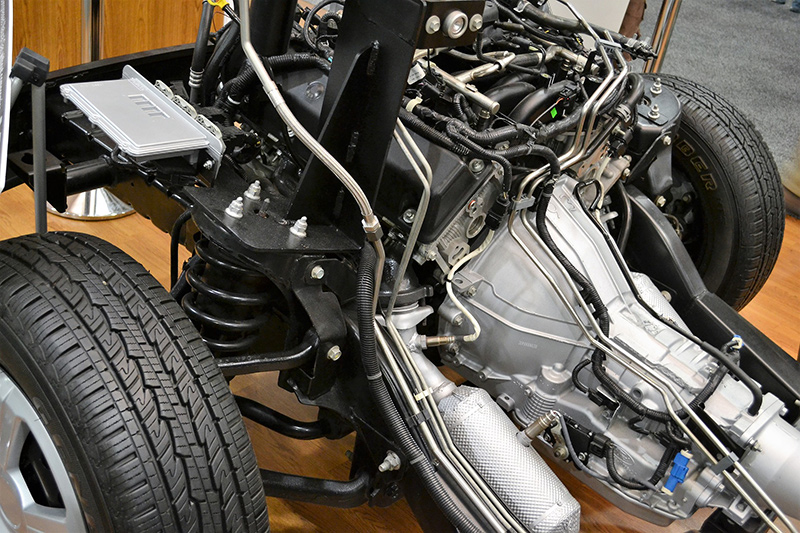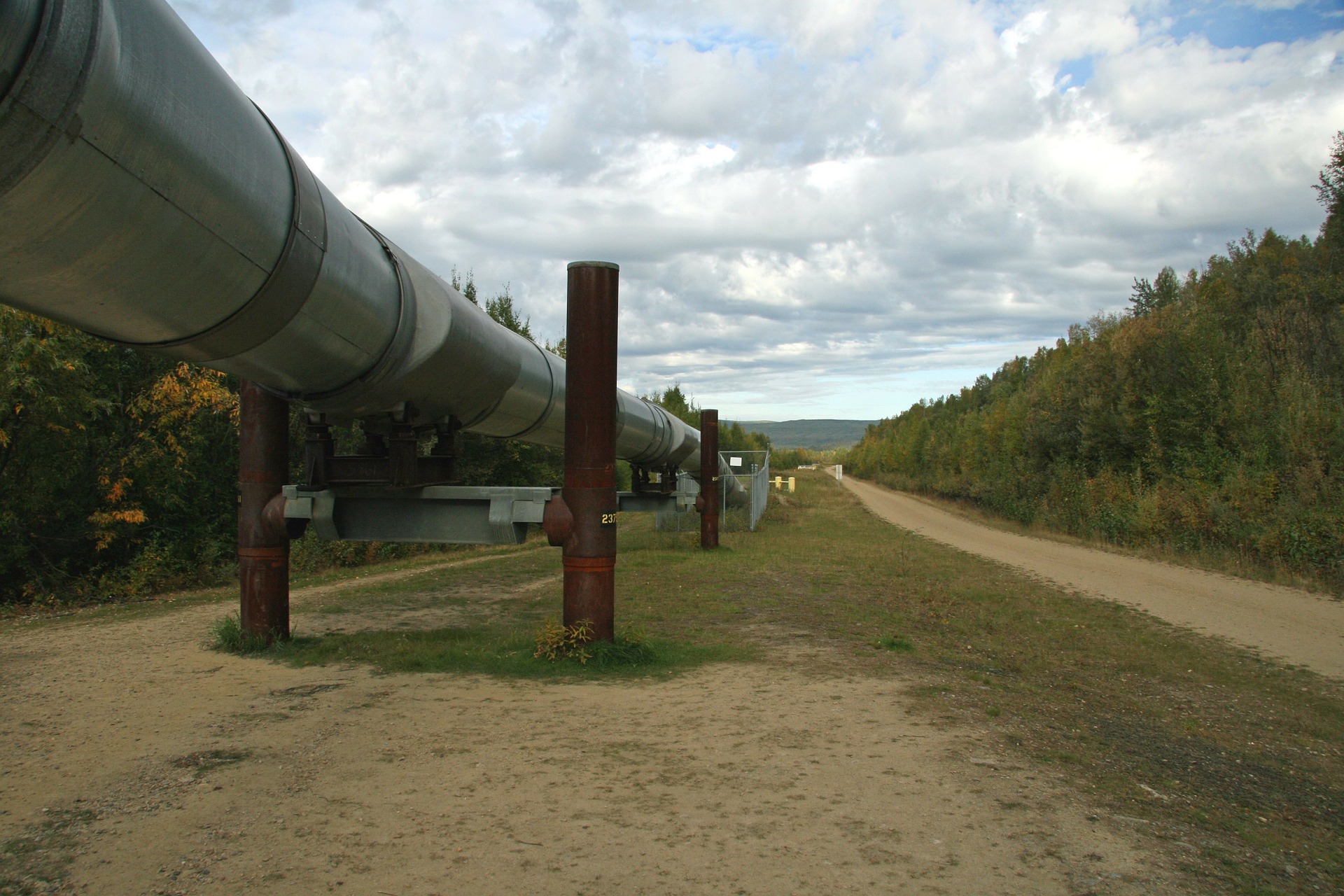This is the practice of utilizing accelerated photography along with remote sensing for creating 3D models from two-dimensional photographs. This is a unique application that’s garnered a high level of interest from several relevant industries, businesses, and private individuals.
Photogrammetry might be a little-known technology, but it’s actually not that new. This term was coined in 1867 by Albrecht Meydenbauer while he was trying to use pictures for his civil engineering and land survey projects.
His methodology, as well as the name of his endeavor, has survived 140 years, with the method evolving according to the developments in engineering.
Besides the detailed information about photogrammetry provided here, following are a few of the benefits you can attain by applying photogrammetry for industrial use:
Let’s explore the top 5 industrial applications photogrammetry provides its users.

There are several uses for photogrammetry in automotive testing in external and internal components. Photogrammetry can be utilized in the assessment of BIW structural movement through force, aging cycles, and exposure to internal components.
It’s absolutely possible to use photogrammetry for making measurements according to the effect of climatic conditions. In this way and many others, it’s quite different from traditional methods.
Photogrammetry can photograph a whole component in the time that other methods take to scan one side. This serves to save a lot of time, especially where large automotive projects are concerned. Photogrammetry setups are also easy to handle, making for a better user experience in terms of manufacturing automobiles.
The technology of generating wind energy is getting more popular in the developed world, but there are reliability issues as well as high expected maintenance and operation costs. Wind turbines may have a lot of value to offer, but these factors impede their common usage.
The most important part of wind turbines is their blades. These interact directly with the wind and other outside elements like temperature, humidity, pollution, etc. There are also gravitational loads, weather conditions, and battling aerodynamic forces to consider. As a result, the blades gradually face cracks, holds, leading, and other forms of deterioration. Again, photogrammetry comes in handy for detecting and identifying any faults that can make turbine blades weaker.
The optical technologies for seeking out flaws is based on photogrammetry, which then leads to more research in making these blades suitable for generating wind energy.

Oil and gas companies are always in need of rapid, cost-efficient information to understand their routes in a safe, geospatial manner. With photogrammetry, such organizations can provide an accurate aerial view of all the pipelines for gas and petrol as well as their corridors.
They also have remote sensor systems that can collect image data and process it for application support. This helps in detecting any leaks or other changes in the oil and gas sector that should be addressed and fixed immediately.
Recently, photogrammetry has advanced to terrestrial, aerial, and underwater usage. While the underwater usage is still in its beginning, there’s still a demand for this technology in the archeology, infrastructure inspection, forensics, and environmental monitoring industries.
If you have a measurable map of any area, whether 2D or 3D, you can reconstruct a scene using photogrammetry. With this option, even bridge piers will be easy to inspect for any necessary repairs or maintenance. Ancient heritage sites can also be recorded for research without disturbing them. There might even be some monitoring for environmental changes to ensure safety.
Mining projects present quite a risk to both investors and employees. Most of these projects fail in their goal, something which can be avoided with geospatial data. Photogrammetry serves to present this information in a timely and accurate manner. During a mining project, such information could be extremely important.
Mining companies can generate orthorectified mosaics of all sizes so they can create and put into action their plans for controlling any pollution. Along with this, they can also use these to differentiate between man-made and natural features. Photogrammetry can now provide digital models showing elevation, surface, and terrain in a way that competes with LiDAR technology.

Author Bio
Ashley Lipman is an award-winning writer at Studyclerk who discovered her passion in providing creative solutions for building brands online. Since her first high school award in Creative Writing, she continues to deliver awesome content through various niches.
Scott Ellyson, CEO of East West Manufacturing, brings decades of global manufacturing and supply chain leadership to the conversation. In this episode, he shares practical insights on scaling operations, navigating complexity, and building resilient manufacturing networks in an increasingly connected world.